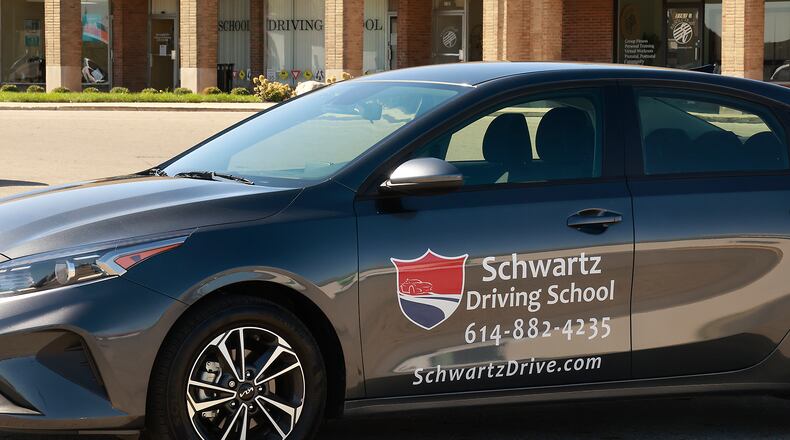“Some of you will recall that we used to have driver’s education in the public schools,” Estrop said. “That is no longer the case. It wasn’t until this weekend that I found out you used to have it. I came here in 2009 and driver’s ed was never part of public education then.”
Following a report from State Public Safety Director Andy Wilson about the Highway Patrol efforts to support Springfield Police in traffic management, Estrop and Wilson picked up the topic again.
“In Ohio, after the age of 18, you don’t even have to take driver’s ed (classes),” Wilson said. “So what we have is a lot of kids who just wait it out, don’t go through driver’s ed for a lot of reasons, and then take the (driving) test with no driver’s education. … Back in the day, you could get it in high school and we think that’s a great idea.”
Wilson said state officials are continuing to work with the city to find solutions to adult driver’s education needs in response to the Haitian immigrants who have moved to the city, and that Gov. Mike DeWine wants to radically alter the way the state does driver’s education across the board.
Wilson pointed out that the state included money in the last budget cycle to increase the capacity to offer driver’s education. He pointed out that the Springfield-Clark Career Technology Center is among the high schools that received state grants to offer driver’s education for kids throughout the county who go to the vocational school.
Wilson said DeWine is a proponent of offering driver’s education in high schools, believes it’s a good model and is looking into it. However, it is currently cost-prohibitive because the state no longer has the infrastructure, including the cars with the extra brake for the instructor.
“I believe we are going to see, piece by piece, us try to get it into the school districts, because we think it is the best way to do it,” Wilson said. “We want it to be an elective class that kids can take. We would want it to be free or at a very reduced cost.”
The state has offered “Drive to Succeed” scholarships in the recent budget for kids who can’t afford to pay for driver’s education.
Estrop pointed out that now that driver’s education is no longer available in the schools and if young people under the age of 18 can’t afford driver’s education, many times they drive illegally, which impacts road safety, insurance costs, juvenile court and any number of other things.
“This is not just a one dimensional problem,” he said. “Certainly it’s a public safety problem, but it seems to me it is also an education problem, and may well be an insurance problem because if we have drivers around our communities who haven’t been taught to drive properly and obey the rules of the road ... I’m sure our insurance costs in this state have risen as a result of all the accidents.
“I think it may be time that we start talking to some of our legislators about the need to look at this whole issue of driver’s education in terms of do we need it back in public schools in some form, even if it’s phased in,” Estrop added. “For a lot of our kids, many families can’t afford $550 to $600 for driver’s ed lessons.”
Wilson admitted that when the state privatized driver’s education, “it radically altered the model, the accessibility, the cost. It’s not affordable… and the capacity just isn’t there.”
Wilson indicated state officials had met with insurance industry leaders on the topic in August and agreed it might be time for the legislature to reconsider driver’s education.
Governor DeWine, he said, is personally passionate about the issue because his daughter, Becky, was killed in a car accident when she was just 22.
About the Author

